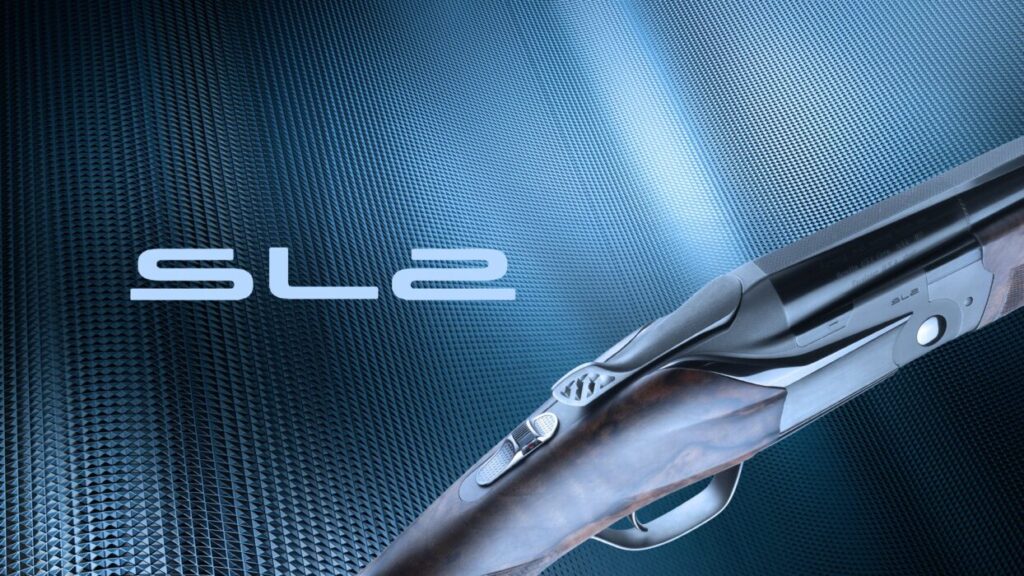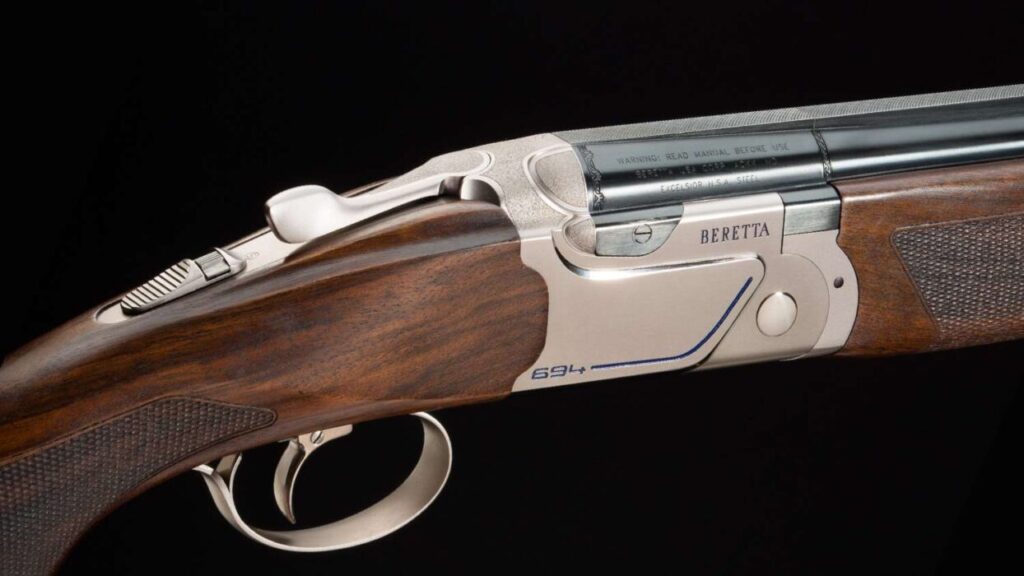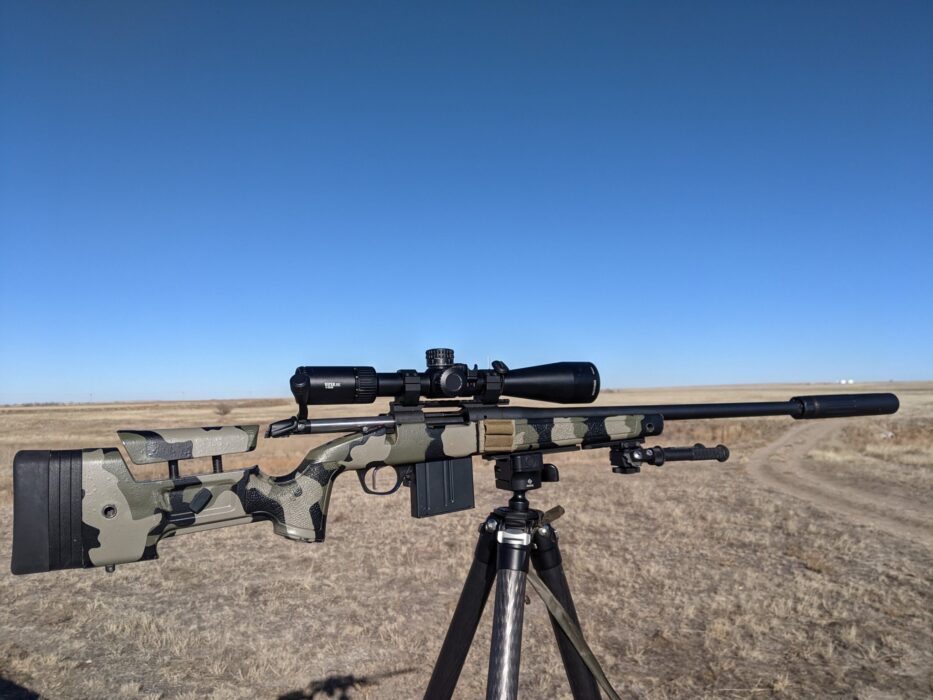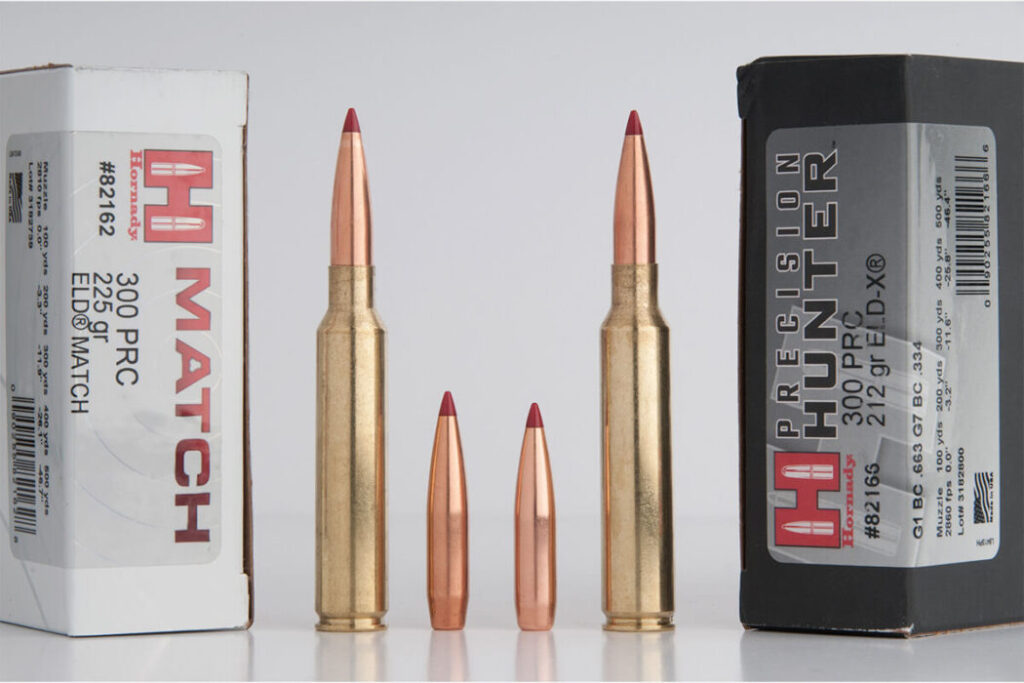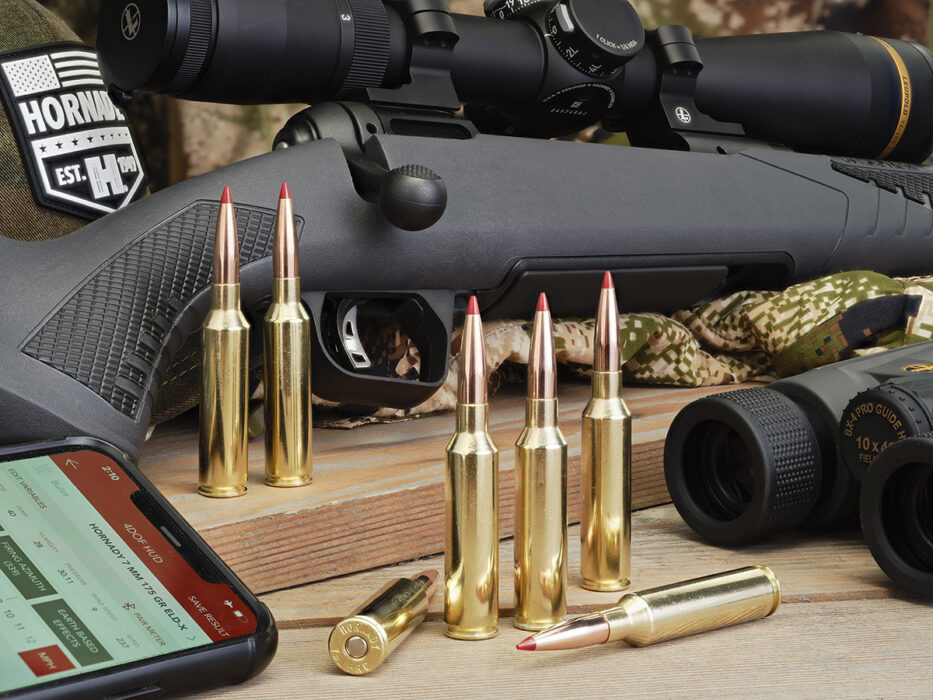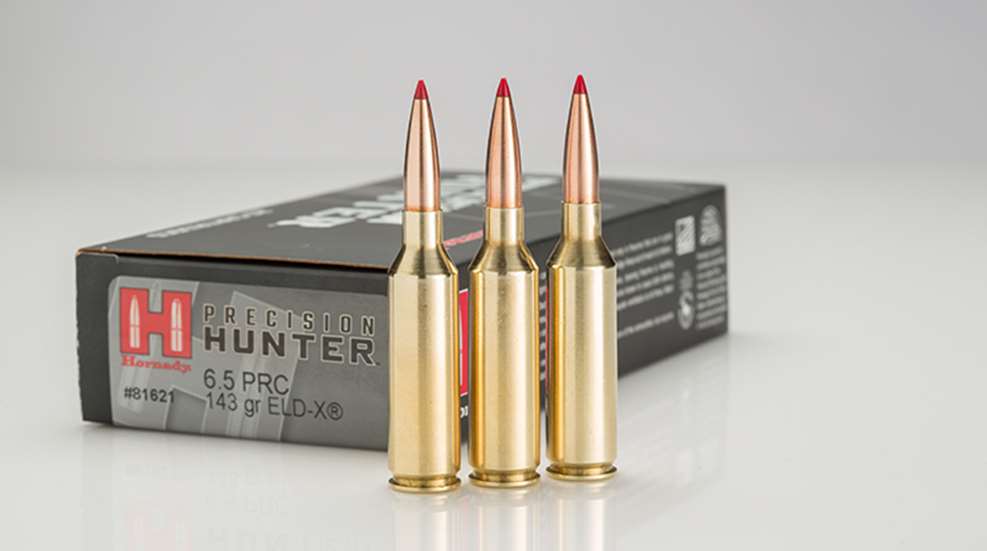How to Choose My First Scope
Choosing a rifle scope can be just as important as choosing the rifle itself. The right optic can transform your shooting experience, while the wrong one can lead to frustration and missed opportunities. For a new shooter in Canada, understanding the key features of a scope is the first step to making a smart investment. Here is a simple guide to help you find the perfect scope for your first rifle.
1. Match the Scope to Your Purpose
The first question to ask yourself is: “What will I be using this rifle for?” The answer will immediately guide your choices for magnification and features.
- For Hunting: If you’re hunting in dense forests or at short to medium ranges (up to 200 yards), a scope with a low magnification range like 3-9x is an ideal choice. It offers a wide field of view for quick target acquisition and is versatile for most hunting scenarios.
- For Target Shooting: For target shooting or plinking at a range, you can benefit from higher magnification. A scope in the 4-16x or even 6-24x range can help you spot hits on paper and make precise adjustments at longer distances.
- For a Little of Both: A popular compromise for both hunting and target shooting is a scope in the 4-12x or 3-15x range, offering a balance of magnification and versatility.
2. Understand the Key Specs
A scope’s description is a series of numbers and terms that tell you everything you need to know about its performance.
- Magnification (e.g., 3-9x): The first number is the lowest magnification, and the second is the highest. “3x” makes the target appear three times closer.
- Objective Lens Diameter (e.g., 40mm): The last number is the size of the lens at the end of the scope in millimeters. A larger objective lens gathers more light, which provides a brighter, clearer image, especially during low-light conditions at dawn and dusk.
- Reticle: The reticle is your aiming point (the crosshairs). For a beginner, a simple duplex reticle is a great, no-fuss choice. More advanced shooters may prefer a BDC (Bullet Drop Compensation) or a Mil-Dot/MOA reticle for estimating distance and adjusting for bullet drop.
3. Prioritize Glass Quality and Durability
While a higher price often means better glass and features, you don’t need to break the bank to get a good, reliable scope. For a first scope, look for brands with a reputation for excellent optical clarity and a strong warranty.
- Glass and Coatings: Look for scopes with “fully multi-coated” lenses. This means all air-to-glass surfaces have multiple layers of coating to reduce glare and maximize light transmission, giving you a clear sight picture.
- Durability: A good scope should be shockproof, waterproof, and fog-proof. This ensures it will withstand the rifle’s recoil and hold up to the harsh weather conditions of the Canadian outdoors.
Conclusion
Choosing your first scope is about finding the right balance of features for your specific needs. The best practice is to prioritize what matters most to you: magnification for the shooting you plan to do, durability for your environment, and optical quality for a bright, clear image. Start with a reputable brand and a scope that fits your purpose, and you will have a dependable optic that will serve you well for years to come.
To see and feel the difference between various optics, visit us at Rangeview Sports in Newmarket, Ontario. Our experts can help you compare models and find the perfect scope for your rifle.


